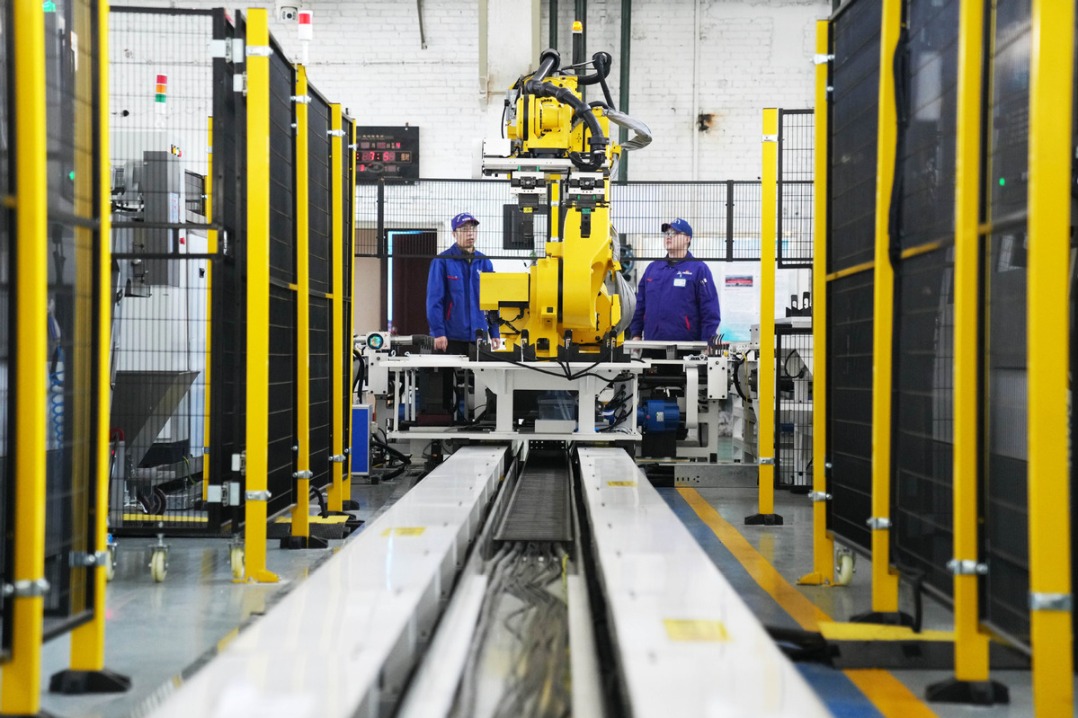Wuhan played key role in plan for national railway network

In 1864, Wuhan was proposed as a major railway hub, and British company Jardine Matheson asked the engineer Rowland Macdonald Stephenson to carry out field research in China and draw up a master plan for a national rail network.
Stephenson, from Britain, suggested making Hankou, a port area of Wuhan on the middle reaches of the Yangtze River, a center for the network, connecting Shanghai in the east, Guangzhou in the south and Tianjin in the north.
In 1865, in an attempt to attract the attention of the Empress Dowager Cixi, a British businessman obtained approval through bribing local governors in Beijing, and finally managed to build a 500-meter-long narrow-gauge railway at the foot of ramparts along the city moat surrounding the Forbidden City.
A small locomotive and six passenger cars transported from Britain were placed on the tracks.
It was the first time Beijing residents had seen a steam engine. But without venturing to see it for herself, the empress ordered the army to force the businessman to dismantle the tracks on the grounds that her subjects were intimidated by the new arrival.
In 1872, British merchants completed a 1.5-kilometer sightseeing railway along the Haihe River in the British concession in Tianjin. Invitations to view the trial operation were sent to Li Hongzhang-a pioneer in building modern industries and China's first modern navy-and all local government officials. With mixed feelings, Li and 50 other officials became the first Chinese to experience rail travel.
In his thank-you letter to a British diplomat one day later, Li wrote: "That the train has come to China can be termed spectacular. It has been finely manufactured, and is fast, smooth and convenient, making it a useful addition."
More than a century later, railways in China handle about 3.5 billion passenger trips and more than 3 billion metric tons of freight annually.
The country has 30,000 km of high-speed railways-more than the rest of the world combined-with trains operating at speeds of more than 250 km/h.
MOST POPULAR
- 1 A look at China's economy in Q1 of 2024
- 2 China to remove foreign ownership restrictions in value-added telecom services in pilot areas
- 3 Query service of A Guide to Working and Living in China as Business Expatriates launched
- 4 Clear negative lists to speed up services trade
- 5 Canton Fair opens in China with surge in overseas purchasers
Editors' Picks
 Infographic:
How to understand China's production capacity
Infographic:
How to understand China's production capacity
 Infographic:
Milestones of China's journey to space
Infographic:
Milestones of China's journey to space





